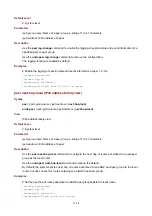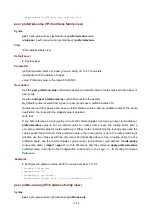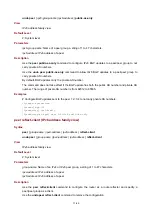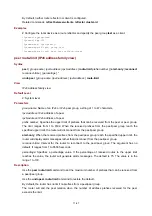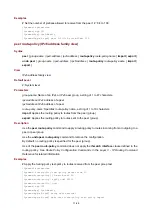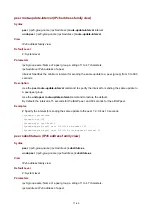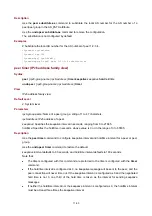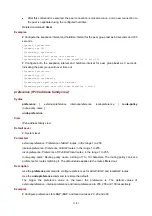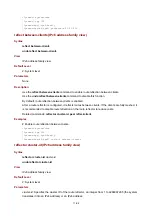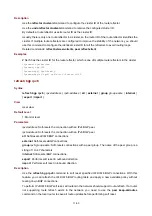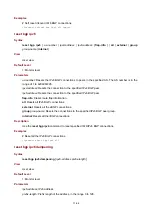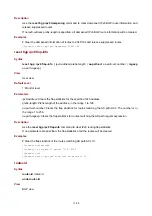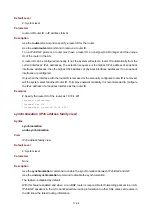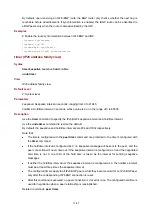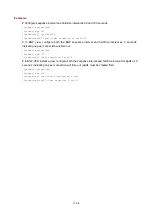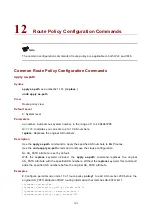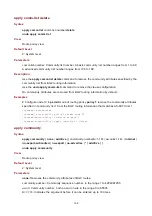
11-45
[Sysname-bgp-af-ipv6] peer test next-hop-local
peer preferred-value (IPv6 address family view)
Syntax
peer
{
ipv6-group-name | ipv6-address
}
preferred-value
value
undo
peer
{
ipv6-group-name | ipv6-address
}
preferred-value
View
IPv6 address family view
Default Level
2: System level
Parameters
ipv6-group-name
: Name of a peer group, a string of 1 to 47 characters.
ipv6-address
: IPv6 address of a peer.
value
: Preferred value, in the range 0 to 65535.
Description
Use the
peer preferred-value
command to assign a preferred value to routes received from a peer or
peer group.
Use the
undo peer preferred-value
command to restore the default.
By default, routes received from a peer or peer group have a preferred value of 0.
Routes learned from peers each have an initial preferred value. Among multiple routes to the same
destination, the route with the biggest value is selected.
Note that:
If you both reference a routing policy and use the command
peer
{
ipv6-group-name | ipv6-address
}
preferred-value
value
to set a preferred value for routes from a peer, the routing policy sets a
non-zero preferred value for routes matching it. Other routes not matching the routing policy uses the
value set with the command. If the preferred value in the routing policy is zero, the routes matching it
will also use the value set with the command. For information about using a routing policy to set a
preferred value, see the command
peer
{
group-name
|
ipv4-address
|
ipv6-address
}
route-policy
route-policy-name
{
import
|
export
} in this document, and the command
apply preferred-value
preferred-value
in
Route Policy Configuration Commands
in the
Layer 3 - IP Routing Command
Reference
.
Examples
# Configure the preferred value as 50 for routes from peer 1:2::3:4.
<Sysname> system-view
[Sysname] bgp 100
[Sysname-bgp] ipv6-family
[Sysname-bgp-af-ipv6] peer 1:2::3:4 preferred-value 50
peer public-as-only (IPv6 address family view)
Syntax
peer
{
ipv6-group-name | ipv6-address
}
public-as-only














